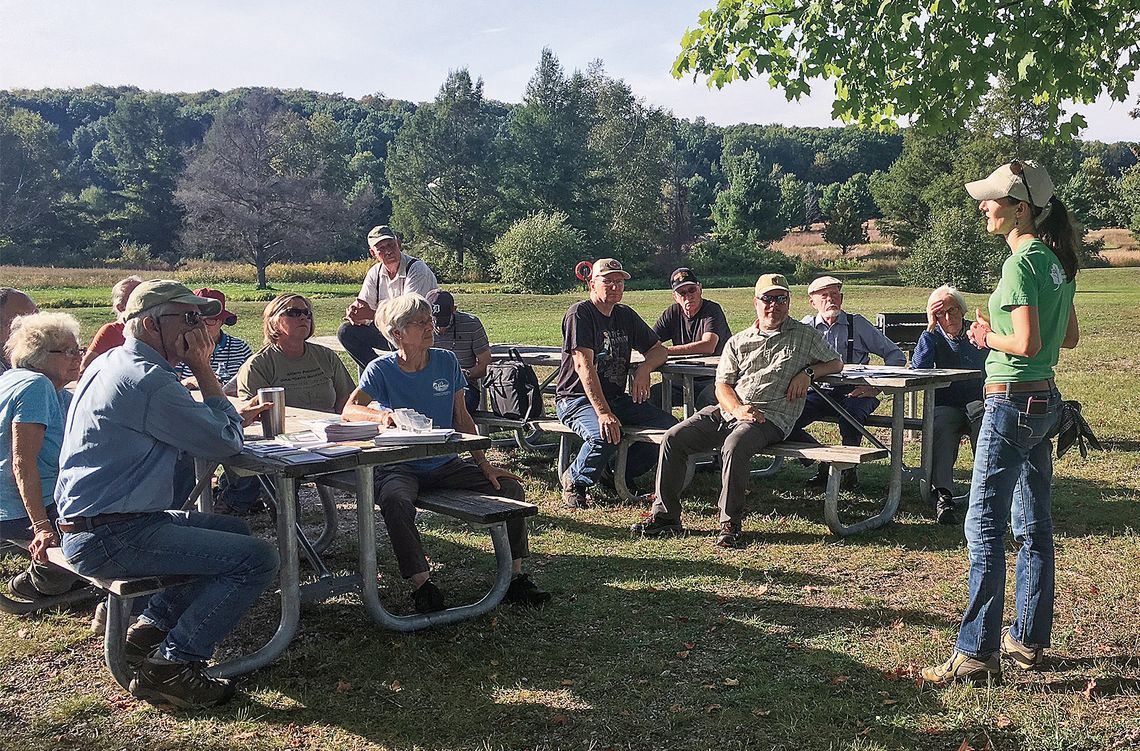The Northwest Michigan Invasive Species Network (ISN) is hosting an Autumn Olive Community Workshop to educate interested members of the public on proper identification of the invasive shrub and to demonstrate best management practices, both mechanical and chemical.
Autumn olive (Elaeagnus umbellata) and its less common relative, Russian olive ( E. angustifolia), were originally introduced and encouraged more than 50 years ago as a tool for erosion control and habitat establishment. Unfortunately, the deciduous shrub quickly took over the Midwest. With each plant having the potential to carry more than 200,000 seeds and grow up to 20 feet tall, autumn olive easily crowds out many native species that require a lot of sunlight, such as tree seedlings that would otherwise establish new forestland. Additionally, autumn olive can change the soil it grows in and doesn’t support the diversity of insects necessary to support the ecosystem.
Luckily, with some effort and the correct knowledge, autumn olive can be managed with chemicals or using mechanical methods.









